
Culture
Mersey musical heritage masterplan aims to hit right note
6 years ago
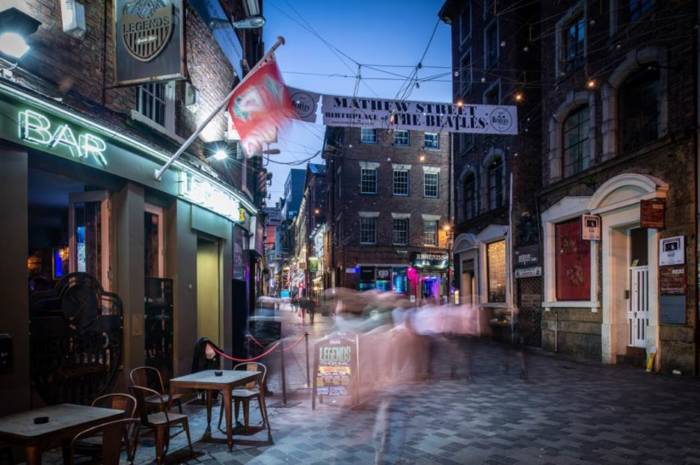
A masterplan aimed at transforming the epicentre of Liverpool’s musical heritage is set to go out to public consultation later this month.
A draft Spatial Regeneration Framework (SRF) for the area around Mathew Street – home of the world famous music venues the Cavern Club and Eric’s – goes before Liverpool City Council’s cabinet next Friday (11 October).
The draft SRF, which also encompasses the adjacent Williamson Square area, contains a range of recommendations to help attract new investment and to enable the council to steer the future use of existing buildings.
MORE: A mini monster’s ball is coming to Otterspool Adventure this Halloween
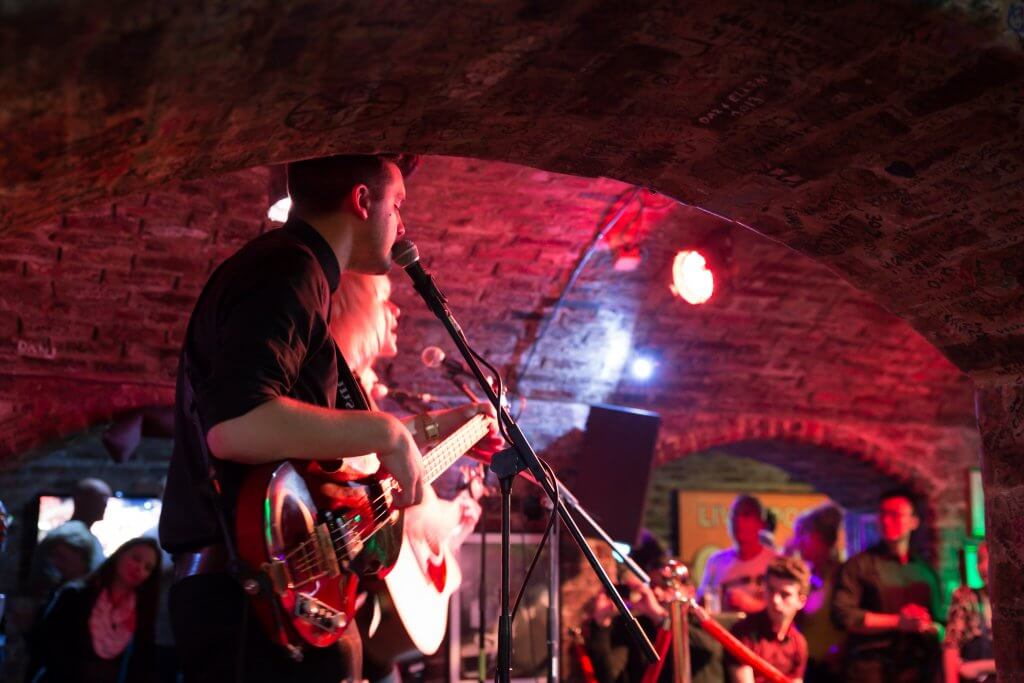
The Cavern Club Liverpool
The document is being created to address a recent tourism report that called for the city to curate a clearer proposition around Liverpool’s pivotal role in the story of popular and contemporary music.
Although the city’s musical heritage industry – which is centred around The Beatles – is now worth more than £90m a year, a tourism report has found visitors are increasingly looking for a quality experiential visit.
On approval, the Cavern Quarter/Williamson Square draft SRF will go out to a five week consultation containing a series of public events for people to examine the recommendations in detail and provide their feedback.
The draft SRF makes a number of recommendations across three specific zones:
Cavern Quarter
– Enhance the area’s daytime offer and resist proposals for further bars and nightclubs.
– Re-purposing upper floors and specific support for music related businesses
– Enhance the quality and mix of attractions related to the City’s music, culture and heritage to promote a multi offer experience to visitors
– Upgrade gateways into the Cavern Quarter
– Activate key nodes within the quarter, which offer opportunities for events and public art
– Restore and enhance the character of the area including improving street furniture and building facades
– Animate blank walls and surfaces as part of a wider art and digital strategy
Whitechapel
– Enhance the approach to Williamson Square and the Cavern Quarter via a mix of new public art, trees, lighting, balanced street principles and improved wayfinding
– Strategy to celebrate and interpret the street as the original “pool of Liverpool”
Williamson Square
– Re-design the square to include flexible performance space and enhanced public realm including seating and planting
– Refurbishment or redevelopment of the St Johns extension building to improve the northern elevation of the square
– Consider re-development of Dawson Street site if the taxi rank can be successfully relocated
– Enhance the Playhouse’s presence on the square – spill out areas, programme of events
– Activate the façade of the vacant Marks and Spencer building
The draft SRF suggests creating Stakeholder Boards to assist in delivering a programme of events and activities and states that funding could come from a variety of sources be it via Section 106, city region grants and the European funded Urban GreenUP programme.
Following a review of all the representations received, a final version of the SRF will be presented back to Cabinet for final approval. At that point the SRF will be used to guide the determination of all future planning applications within the area.
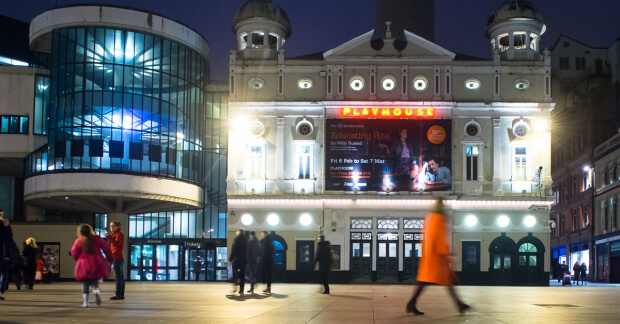
Liverpool Playhouse
Joe Anderson, Mayor of Liverpool, who has also created a Beatles Legacy group, said: “Liverpool’s musical heritage is known around the world but we can and must do more to showcase it to visitors who travel thousands of miles from all corners of the globe because of it.
“This draft SRF is about enhancing and expanding what we already have, particularly around Mathew Street and making it fit into the wider masterplans that are going to take the city centre to the next level over the coming decades.
“This is a unique opportunity to establish an experience no other city can offer, with high quality design which will sustain thousands of jobs for generations to come. I welcome these proposals and look forward to the public’s thoughts and feedback.”
Bill Addy, chief executive of Liverpool BID Company, which represents the interests of 1,500 businesses in Liverpool city centre across two BID (Business Improvement District) areas – and chair of the Liverpool Visitor Economy Network (LVEN), said:”We have to keep pushing the envelope to improve the visitor offer further, setting us apart from our competitors internationally be it New Orleans, Memphis or Nashville, and presenting an experience that is befitting of Liverpool’s incredible musical heritage and our place in the world as a pop culture epicentre and the birthplace of The Beatles.
“Speaking on behalf of our BID levy paying businesses, I know that there is a real appetite among the private sector to work with the city council to maximise the positive changes and opportunities this SRF will bring to these key areas in the city centre for the benefit of visitors, residents and employees.”



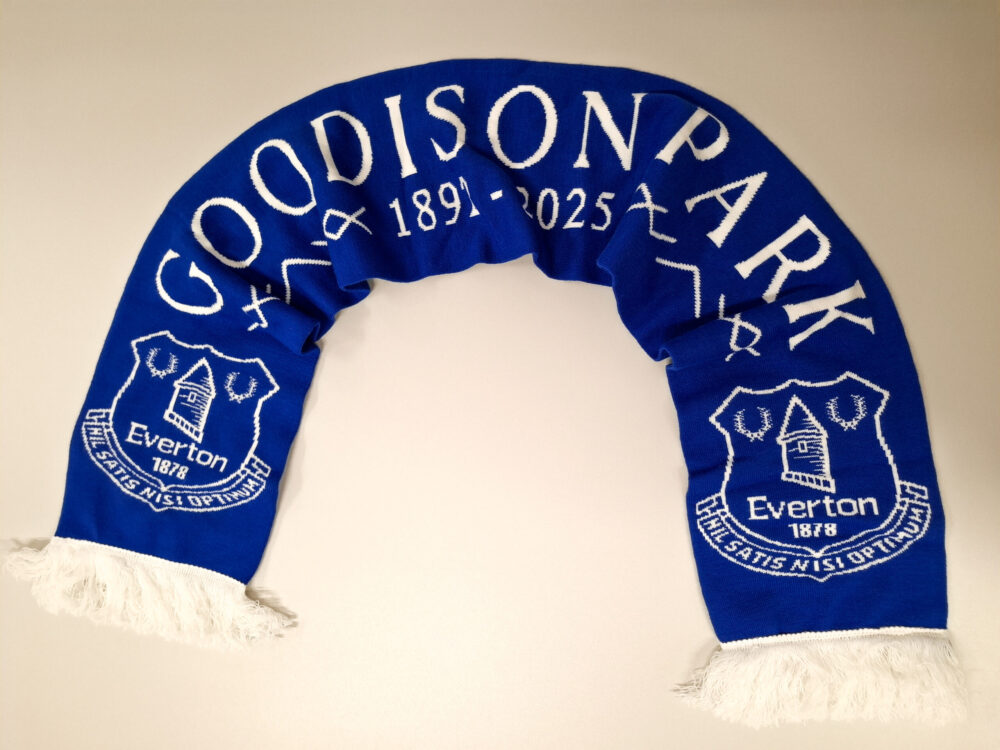




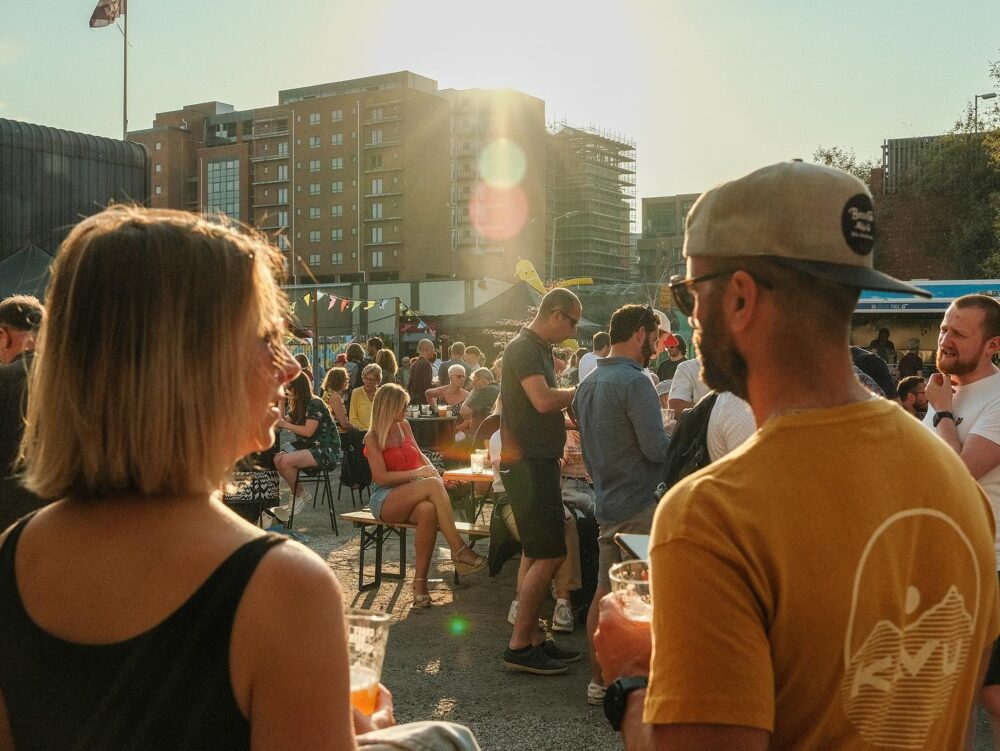
 Subscribe
Subscribe Follow Us
Follow Us Follow Us
Follow Us Follow Us
Follow Us Follow Us
Follow Us Follow Us
Follow Us











